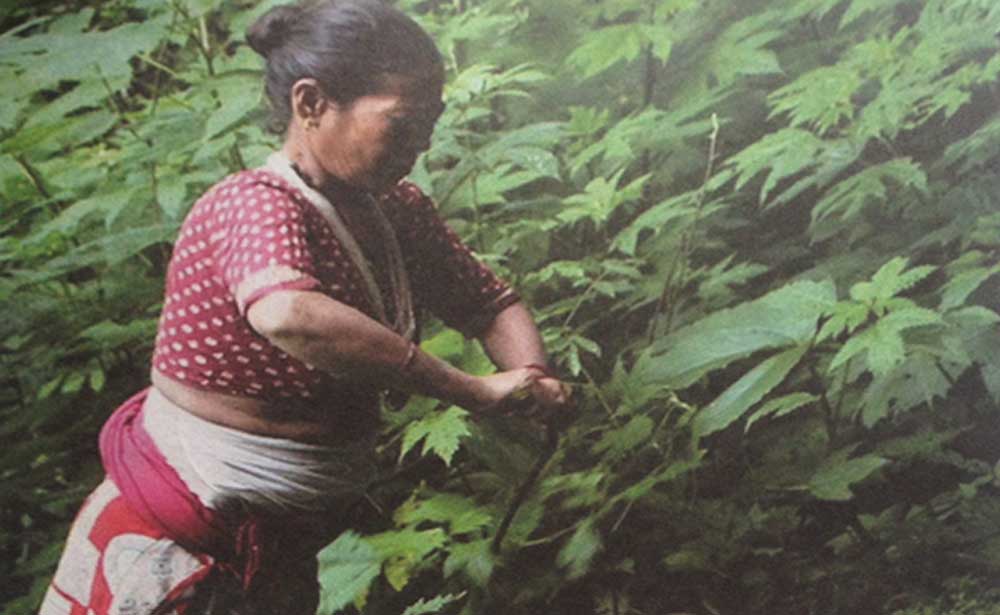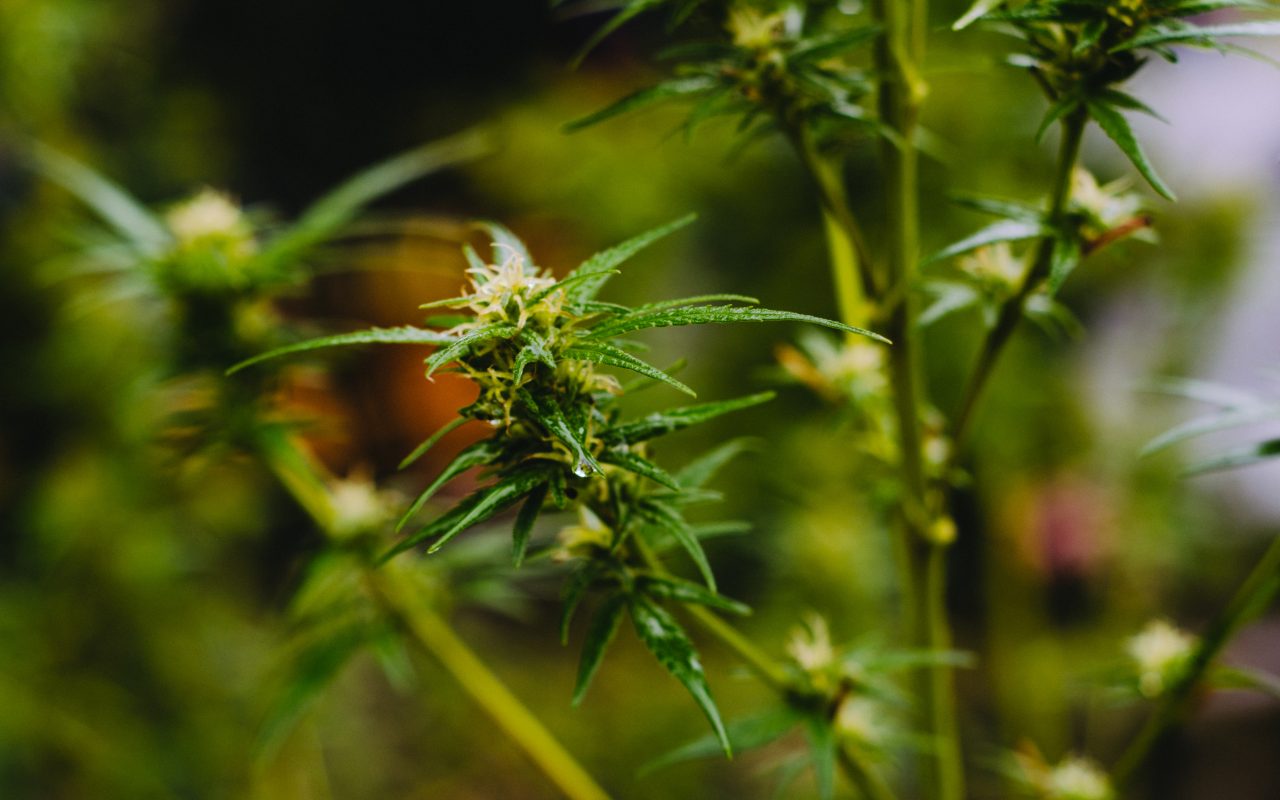Himalayan uses hemp and allo in her backpacks. These fibers are known for their strength, durability and healthy ecological footprint and have been used in Nepal for centuries. Read more about the origin of Hemp and Allo (himalayan nettles) from Nepal in this article. Or watch a nice video with information about the harvesting of Allo and how it creates employment for underpriviliged people in the mountains of Nepal.
Hemp is an exceptionally durable, strong and environmentally friendly super fiber.
Hemp
Wild hemp grows in the western hilly part of Nepal. It is obtained from plants of the type Cannabis Sativa and is considered an exceptionally durable, strong and environmentally friendly super fiber. Hemp crop has a very high yield that produces much more fiber per hectare than both cotton and flax. Applications vary from rope, textile, oil, seeds to industrial materials. Today there is a modest hemp textile industry, but the advantages of the hemp fibers are becoming clearer and the market is growing more and more.
Advantages & Properties of Hemp
- Hemp does not require pesticides, displaces weeds without herbicides, controls the erosion of the topsoil and produces oxygen
- Hemp is renewable and can be cultivated in less than 100 days
- Hemp’s tensile strength is eight times stronger than that of cotton
- Hemp is hypoallergenic and therefore does not irritate the skin
- Hemp is air permeable, absorbs moisture and is very suitable for warm weather
- Hemp will soften with years and with washing so that the backpack lasts very long and remains beautiful
Allo (Himalayan Nettle)
Allo is a nettle species and is widely used in Nepal for clothing and household. Especially in the middle and high hilly regions, from east to west, the Allo plant is very well known. The fiber that is extracted from the Allo plants is the strongest of all other natural fibers from the Himalayas and so the clothing and other products made from Allo fibers are extremely durable. Because of these qualities allo has been used for centuries by communes like the Magars, Gurungs, Rais and Limbus.
The manufacturing of allo creates work and income for many Nepalese people
The indigenous and marginalized communities that often live in remote mountain villages already use all kinds of practical and religious purposes. They use it, among other things, to produce durable coats, headbands for carriers, fishing nets, ropes, bags, bags and blankets. But also as a source of vitamin C and in performing their village rituals. Today, the 115 year old local Charkha (spinning wheel) is still in use and the harvesting, processing and spinning of Allo provides work for many Nepalese villagers.

Woman is harvesting Allo
The Allo plant is a perennial plant that grows in the wild between 1200 and 3000 meters above sea level. Allo is usually harvested from August to December. If the plant is harvested during this time, it gives good quality fibers. The plant’s nasty punctures discourages the local population from harvesting it, because they only use a thick piece of cloth to protect their hand from the puncture. That is why the Allo plant is preferably harvested in winter when the stinging force of the Allo decreases. After the plant has been cut, the bark is removed and peeled. The bark of the Allo trunk contains fibers of unique strength, smoothness and lightness. View a video about harvesting allo here..
Advantages & Properties of Allo
- Allo has known the longest fibers so far
- The manufacturing of allo creates work and income for many Nepalese people
- Allo grows in the forest under small trees in the humus and is a sustainable substance
- No chemical manure is used to grow allo
- Allo has anti-allergic elements and does not irritate the skin



Comments
There are no comments yet.